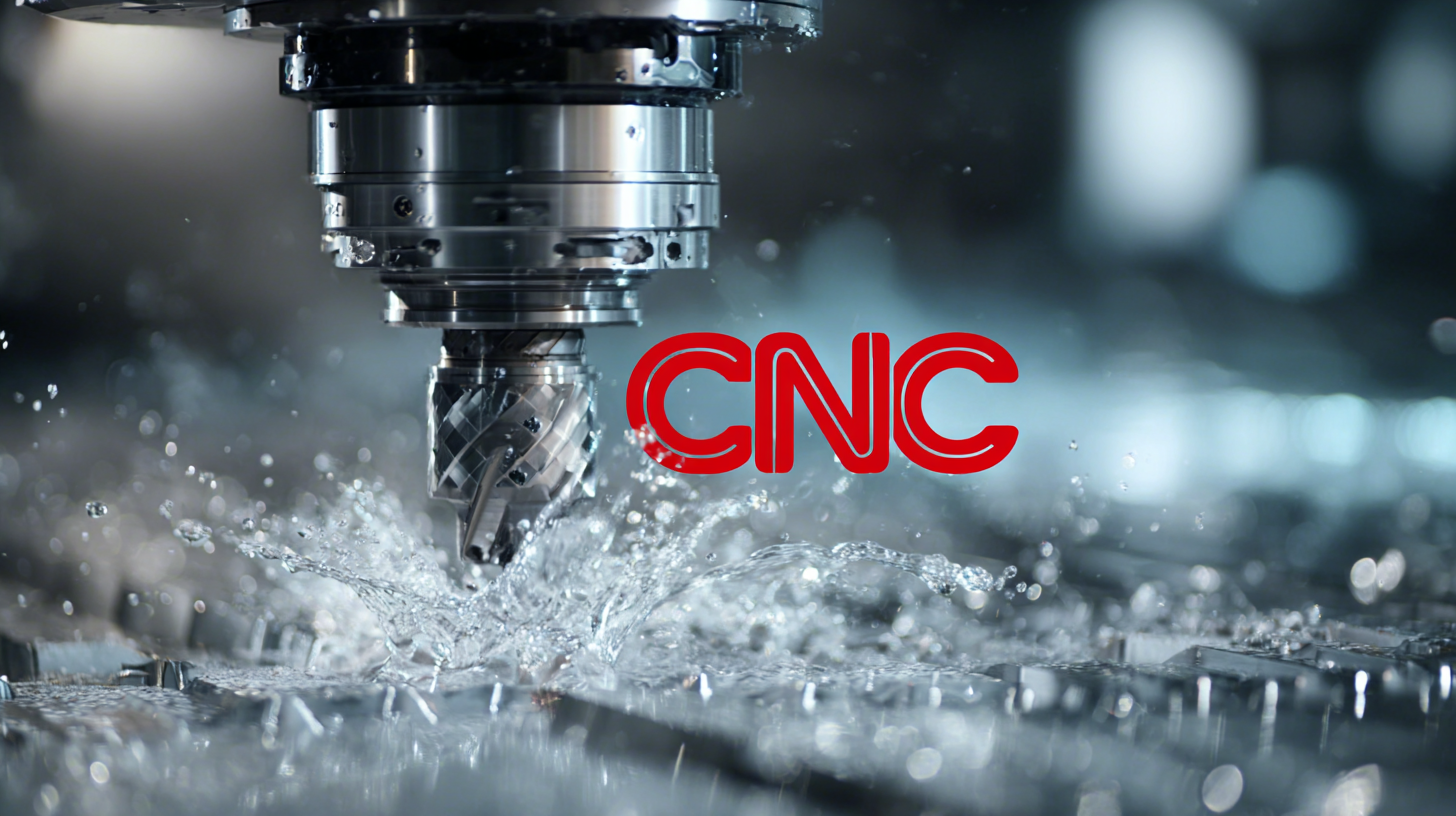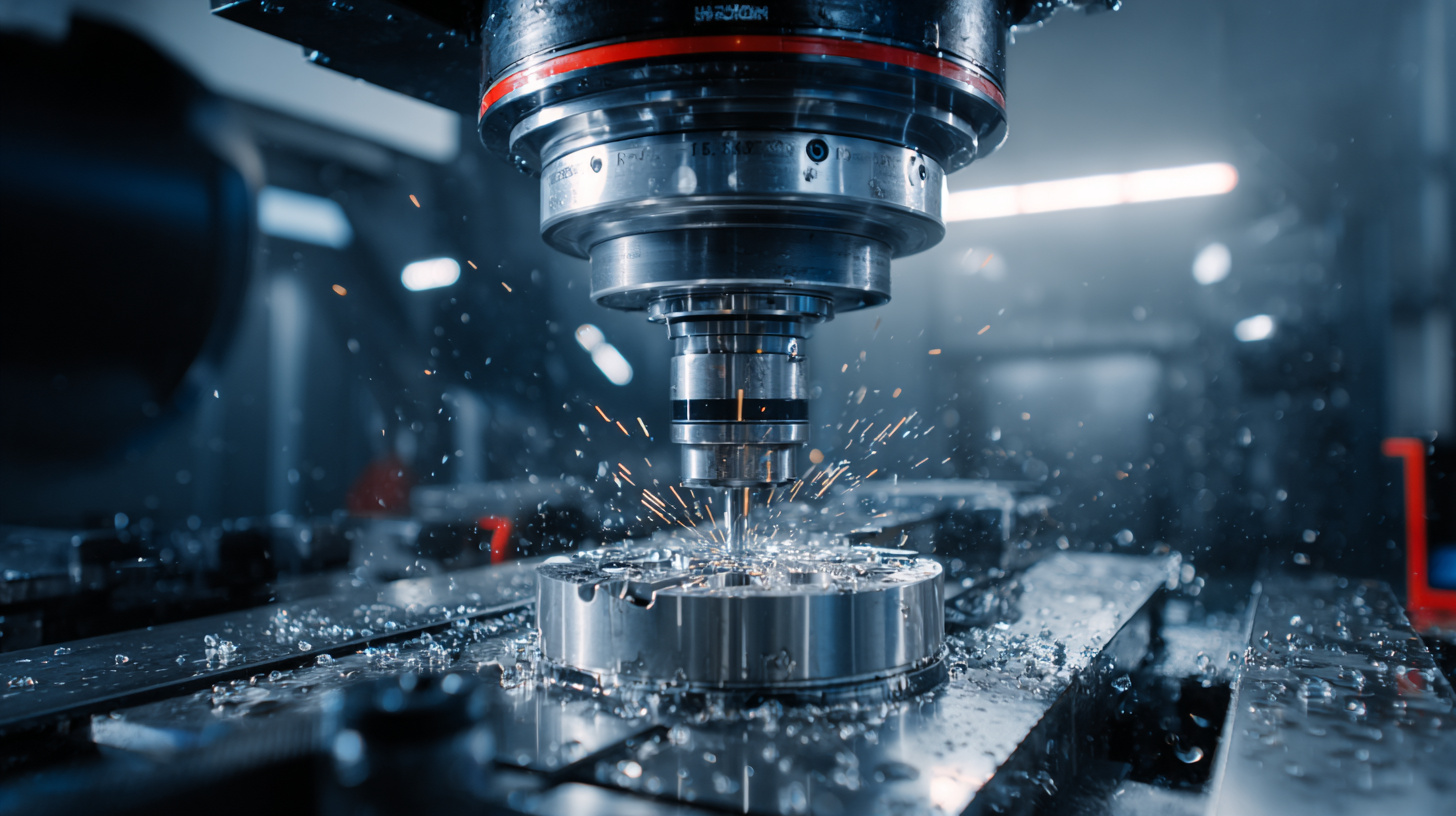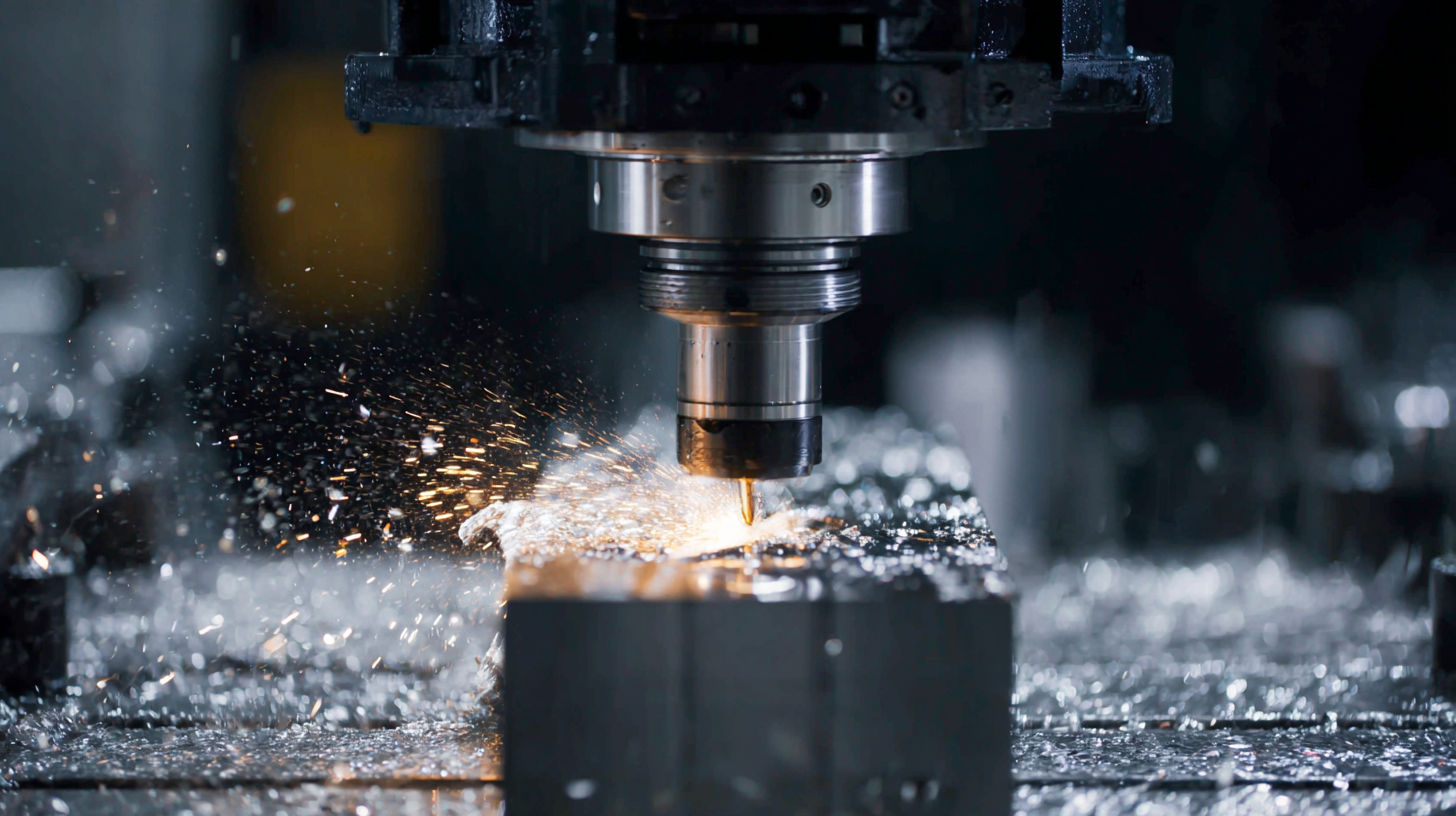
- sales@bjbod.com
- Mon - Sat at 7:00AM to 9:00PM

As the manufacturing landscape evolves, Best Piece CNC technology emerges as a pivotal force driving efficiency and innovation across various sectors. This advanced machining technique offers unmatched precision and versatility, making it ideal for a wide range of products, from intricate aerospace components to robust automotive parts.

In this blog, we will explore the unique characteristics and applications of different types of products that benefit from Piece CNC technology. Additionally, we will delve into "How to" effectively integrate this technology into your manufacturing processes, highlighting its potential to transform production workflows and enhance global competitiveness. By understanding the nuances of Best Piece CNC, manufacturers can leverage its capabilities to meet the ever-growing demands for quality, efficiency, and sustainability in today's marketplace.
The evolution of CNC technology has been marked by continuous advancements that aim to enhance manufacturing efficiency and precision. Traditional CNC machines have long been the backbone of industrial manufacturing, providing reliable and accurate machining capabilities. However, as industries adapt to the demands of a rapidly changing market, innovative alternatives are emerging. These alternatives, such as additive manufacturing and hybrid machining solutions, are offering new ways to streamline production while minimizing waste.
 Additive manufacturing, or 3D printing, represents a significant shift by enabling companies to create complex geometries that would be difficult or impossible with conventional CNC machining. This technology not only accelerates prototyping but also allows for customized production runs, catering to specific customer needs without the high setup costs typically associated with traditional methods. Additionally, hybrid machining systems that combine CNC cutting with additive techniques are gaining traction, providing versatility and efficiency in a single setup.
Additive manufacturing, or 3D printing, represents a significant shift by enabling companies to create complex geometries that would be difficult or impossible with conventional CNC machining. This technology not only accelerates prototyping but also allows for customized production runs, catering to specific customer needs without the high setup costs typically associated with traditional methods. Additionally, hybrid machining systems that combine CNC cutting with additive techniques are gaining traction, providing versatility and efficiency in a single setup.
The future of CNC technology lies in the ability to integrate these emerging alternatives into existing workflows, thereby enhancing overall productivity. As manufacturers begin to embrace these innovative solutions, the landscape of global manufacturing will continue to transform, making it more agile and responsive to market demands. The ongoing evolution signifies not just a technological shift but a reimagining of how products are conceived and brought to life.
The rapid evolution of 3D printing technology is significantly reshaping the landscape of CNC machining efficiency. According to a report by Wohlers Associates, the 3D printing industry is projected to reach $35.6 billion by 2024, indicating a robust growth trajectory driven by advancements in materials and processes. This surge in 3D printing adoption is creating new avenues for manufacturers to streamline their operations, reducing lead times and material waste compared to traditional CNC methods.
Integrating 3D printing with CNC machining not only enhances production efficiency but also fosters greater design flexibility. A study from McKinsey suggests that combining additive manufacturing with subtractive techniques can reduce time to market by as much as 75%, allowing businesses to respond more swiftly to customer demands. This hybrid approach also minimizes the complexity of supply chains, as components can be produced on-demand, thus reducing inventory costs and enhancing overall operational productivity. As 3D printing continues to mature, its synergistic effects on CNC machining are set to redefine manufacturing efficiency worldwide.
This chart illustrates the comparative impact of 3D printing technology versus traditional CNC machining methods on manufacturing efficiency. The data represents the average production time (in hours) and cost (in USD) for producing a set of five components across various manufacturing processes.
The integration of artificial intelligence (AI) and machine learning into CNC production processes is set to revolutionize manufacturing efficiency, marking a significant leap towards Industry 4.0. As the CNC controller market is projected to grow from $3.2 billion in 2023 to $7.2 billion by 2033, with a compound annual growth rate (CAGR) of 8.3%, the demand for smarter and more autonomous manufacturing solutions is evident. AI empowers CNC machines to analyze vast amounts of data in real-time, optimizing production schedules and enhancing predictive maintenance, which significantly reduces downtime and improves overall efficiency.
In the realm of quality control, AI-driven systems are streamlining visual inspection processes, enabling manufacturers to achieve real-time quality management throughout the production floor. This advancement is crucial as the global market for CNC machines is estimated to reach $84.6 billion by 2024, suggesting a robust growth trajectory fueled by increased automation. Companies that leverage AI technologies can expect not only enhanced precision in manufacturing but also vital cost savings, thereby fostering a competitive edge in the rapidly evolving landscape of industrial automation.
| Metric | Value | Year |
|---|---|---|
| Global CNC Market Size (USD Billion) | 70.5 | 2022 |
| Growth Rate (CAGR %) | 6.2 | 2023-2028 |
| Automation Adoption in CNC (%) | 40 | 2023 |
| AI/ML Integration (% of Companies) | 28 | 2023 |
| Reduction in Production Costs (% Average) | 15 | 2023 |
| Increase in Production Speed (% Average) | 20 | 2023 |
| Defect Rate Reduction (% Average) | 30 | 2023 |
CNC (Computer Numerical Control) technology has become a cornerstone of modern manufacturing, offering precision, efficiency, and versatility. However, as industries evolve, it's essential to compare CNC technology with its alternatives. For instance, 3D printing has gained significant traction due to its ability to create complex geometries with minimal material waste. While 3D printing is ideal for prototyping and low-volume production, it often lacks the speed and durability of CNC machining for high-volume manufacturing, leading to potential trade-offs in efficiency.
Another alternative worth considering is traditional manual machining. While it may offer greater flexibility and lower initial costs, manual processes often result in a higher likelihood of human error and inconsistencies in product quality. Conversely, CNC technology streamlines production with automation, reducing the potential for mistakes and enhancing output consistency. However, the initial investment for CNC machines can be substantial, which may deter some manufacturers, particularly smaller operations.
Ultimately, the choice between CNC technology and its alternatives depends on specific production needs, cost considerations, and desired efficiency levels. Understanding the pros and cons of each option enables manufacturers to make informed decisions that align with their strategic goals and operational requirements.
As the manufacturing sector increasingly embraces eco-friendly practices, the integration of sustainable CNC technology has emerged as a pivotal trend. According to a report by MarketsandMarkets, the global CNC machine market is expected to reach $100.4 billion by 2026, reflecting a growing appetite for automation and sustainable solutions. Eco-friendly CNC technology focuses on reducing waste and energy consumption, promoting a circular economy within the industry. Advanced manufacturing processes, such as additive manufacturing and green cutting tools, enable companies to minimize their environmental footprints while still achieving high performance and precision.

Tips for implementing sustainable CNC practices include investing in energy-efficient machines that utilize regenerative drives to reduce power consumption. Businesses can also explore using biodegradable cutting fluids and recyclable materials to further enhance their sustainability efforts. Adopting these practices not only contributes to a healthier planet but can also lead to significant cost savings. The adoption of eco-friendly CNC technologies represents a crucial step towards a more sustainable manufacturing landscape, aligning profit with the planet’s well-being.